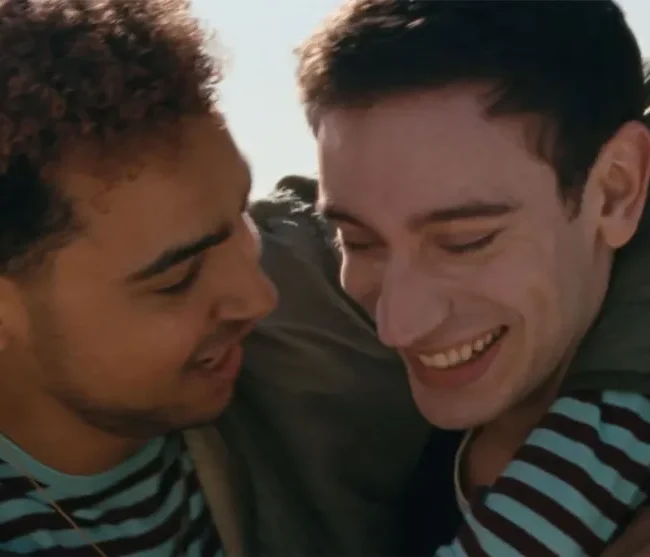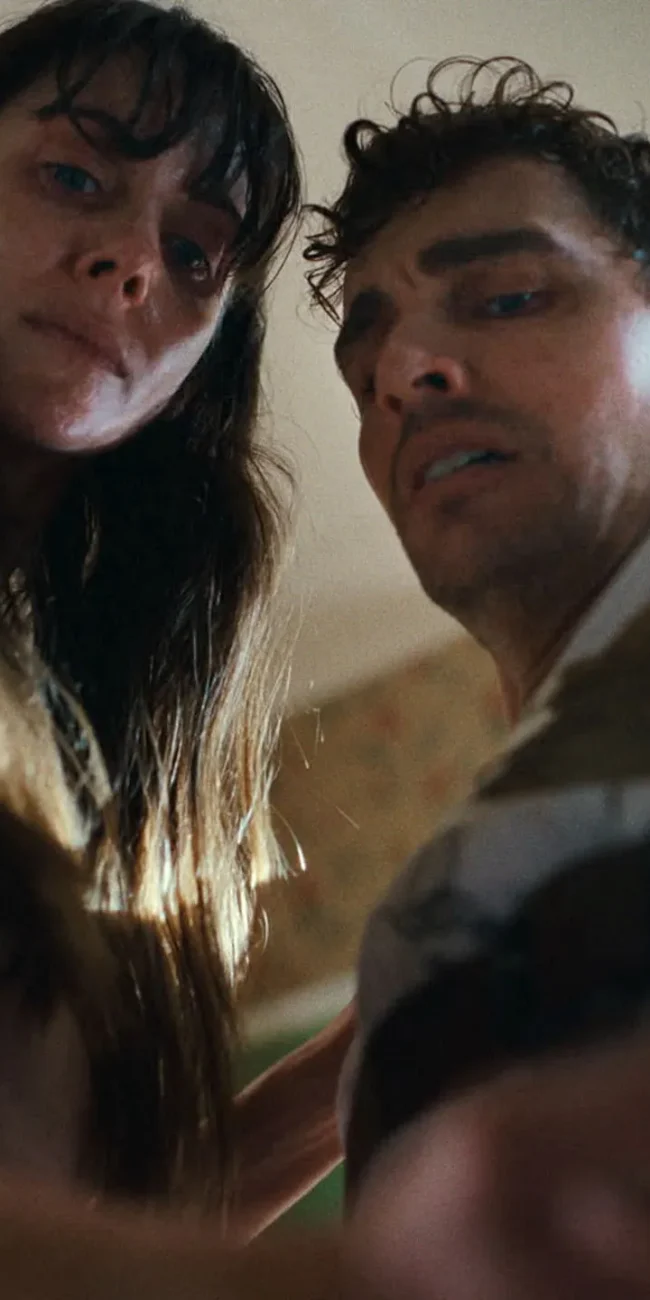2017 IFP Screen Forward Conference Filmmaker Magazine Talks
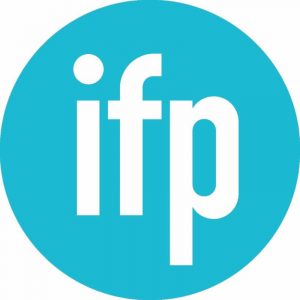 To kick off the 2017 IFP Screen Forward Conference, and in tandem with their 25th anniversary, Filmmaker Magazine programmed a dense day of panels and conversations with filmmakers. The first panel, featuring veteran and new filmmakers from their 25 New Faces of Independent Film list, was titled “What Is A Filmmaker?” As it turns out this could essentially have been the theme of the entire day. It’s a question all filmmakers address through their work, but their work doesn’t necessarily offer an answer. Or it might answer “how does a filmmaker create?” but not “how does a filmmaker survive?” The filmmakers were able to explain what worked for them, and offer some models and practical advice to the audience. But these conversations always sort of dance around a problematic paradox: the rhetoric of don’t ask for permission! Just do it yourself! while the entire industry actually runs on “who you know” and the approval of others (labs, festivals, agents, money, and on and on). Condensing so many filmmaker conversations into one day provided a lot of interesting approaches to negotiating this paradox.
To kick off the 2017 IFP Screen Forward Conference, and in tandem with their 25th anniversary, Filmmaker Magazine programmed a dense day of panels and conversations with filmmakers. The first panel, featuring veteran and new filmmakers from their 25 New Faces of Independent Film list, was titled “What Is A Filmmaker?” As it turns out this could essentially have been the theme of the entire day. It’s a question all filmmakers address through their work, but their work doesn’t necessarily offer an answer. Or it might answer “how does a filmmaker create?” but not “how does a filmmaker survive?” The filmmakers were able to explain what worked for them, and offer some models and practical advice to the audience. But these conversations always sort of dance around a problematic paradox: the rhetoric of don’t ask for permission! Just do it yourself! while the entire industry actually runs on “who you know” and the approval of others (labs, festivals, agents, money, and on and on). Condensing so many filmmaker conversations into one day provided a lot of interesting approaches to negotiating this paradox.
The New Faces panel included 2017 annointees Nijla Mumin, Robin Comisar, and Laura Moss (who won our Winter 2017 Short Film Contest!), as well as Elizabeth Lo (2015), Ryan Koo (2008), and Brent Green (2005). Almost immediately the conversation turned to money and success. The newer faces seemed cautiously optimistic, still feeling out the slightly increased bounds of their own influence. Yet most of the filmmakers struck me as focused and very serious. They are all in one way or another navigating the commercial prerogatives of the film business, whether they decide to tailor their pitch to Hollywood, dodge and find funding elsewhere, or take the money and run. Their choices seem to hinge on the extent to which they are willing to market themselves and their ideas, and how that compromise shapes their work and their ability to make films.
Ryan Koo is the founder of the website No Film School and famously raised over $125,000 on Kickstarter for his feature film Amateur. But though he may be no film school he is definitely pro-industry. He was willing to wait, pitching over eighty producers and production companies over five years before he got that Netflix money. Nijla Mumin didn’t want to wait for permission. For her debut feature Jinn, a coming-of-age story about a black girl converting to Islam, she deftly navigated the maze of labs and grants, leveraging #blackgirlmagic and relationships with Issa Rae and Ava Duvernay and to secure support from the Sundance Women’s Financing Intensive, Film Independent Fast Track, and SF Film. Robin Comisar is signed to a commercial roster, though he’s also aligned with the proto-hipster Miami-based Borscht Collective. He’s now biting the hand that feeds him, describing his next film as “a movie about looping commercials as a metaphor for drug addiction.” Elizabeth Lo makes social issue documentaries, and her short film Hotel 22 premiered at Sundance and simultaneously as a New York Times Op-Doc. She has received funding from foundations and Laura Poitras’ Field of Vision. Laura Moss went the film school route at NYU, and used the time and momentum to turn her concept into the complete package of a feature screenplay, a lookbook, and a proof-of-concept short film Fry Day (the Hammer to Nail Winter 2017 Short Film Contest winner).
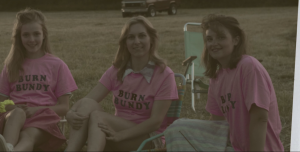
Laura Moss’ FRY DAY
All the filmmakers were unfailingly polite, and I wish there had been a more robust debate about what these choices mean. Only Brent Green seemed to share my “new faces, don’t tell me about new faces” skepticism. He was the only one who admitted that “it was luck.” He is an artist who sculpts and paints and seems to get most of his money and support from the fine art world (though he has had seven projects at Sundance). He sells limited editions of his films and takes them on tour with a live band, and seemed to me the most genuine in expressing both his bewilderment and gratitude for his success.
This was followed by a conversation with filmmaker Sean Baker, who offered a counterpoint of sorts to new faces. Though he has gotten more attention and acclaim with recent films Tangerine and The Florida Project, Baker has been making and releasing feature films since the early 2000s, and I appreciated the longevity of his perspective. Though he mentioned the importance of having early champions of his work (like former head of SXSW Matt Dentler), Baker seemed undeterred by his slow and steady rise, using the time to refine his methods. The conversation wound through most of his career, and it was interesting to see which values and techniques were consistent and where he chose to innovate or challenge himself. Like many filmmakers coming of age in the 1990s he was inspired by the Dogme 95 movement and able to take advantage of the new equipment that made filmmaking more accessible. But Baker treats the technology as a tool rather than a moral cause (the ‘freedom’ of digital or the ‘purity’ of film) – he famously filmed Tangerine with iPhones then went back to 35mm for The Florida Project. Perhaps that’s because his moral compass is oriented toward his characters instead.
Though I haven’t had the chance to see The Florida Project yet, I’ve noticed how the reviews (and film Twitter) all note its warmth and compassion. Those qualities are palpable in the way Baker talks about his characters (and his actors). As Baker put it, in terms of plot “it’s convenient to have rich characters,” but he also wanted to avoid making “plight of” movies. Immigrants in New York’s wholesale district, trans sex workers in West Hollywood, the hidden homeless living in a Florida motel – the range of Baker’s work exposes “write what you know” as ridiculous advice. He works like a journalist, spending time in the worlds he wants to portray, finding a person who acts as his ‘in’ so that he gets a first-hand understanding of authentic locations, dialogue, and casting. He doesn’t like the designation ‘non-actor,’ preferring to think of actors as professionals, first-timers, or non-professionals (though he gave one great tip – when street casting he intentionally casts extroverts). Reality is more important to Baker than the kind of control a film production usually demands. He embraces adaptation and improvisation, though he also said he always has one “major caveat” – a particular location or the right actor – without which he won’t make the movie.
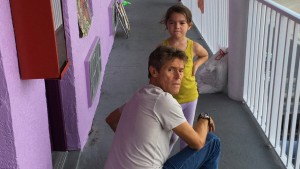
The conversation with Dee Rees focused heavily on her upcoming film Mudbound, but also touched on key moments in her career, from her breakout success with Pariah, to a short-lived deal with Focus Features, to making Bessie for HBO. She advised that as an independent filmmaker “you have to write yourself into the picture.” The ability to write allowed her to continue generating projects while waiting for one of them to get funding. That doesn’t mean say yes to everything – early on Rees was offered a big commercial project but felt that it would be “a slap in the face” to all the people who supported her on Pariah. She wrestled with the material but then cancelled the pitch meeting the day before it was supposed to happen.
That’s not to say Rees isn’t a Hollywood director. She has positioned herself as a director in a more traditional sense, choosing industry projects where she can command a substantial budget and crew. Rather than improv and street casting she seemed to revel in carefully planned, labor intensive world building – from casting name actors who could give the performances she wanted, to working with her costume designer on historically accurate wardrobes, to flooding the fields to create the right kind of mud. On the other hand, the fact that Mudbound will mainly be seen streaming on Netflix didn’t seem to concern her much. She dismissed theatrical vs. streaming as a “purist argument,” and pointed out that being an arthouse fetishist is a privilege, while streaming content is accessible to people who might not have the time, money, or ability to go to the theater. Rees was also very frank in discussing race in Mudbound and its resonance today. She told an interesting story about going to breakfast after her Sundance premiere and overhearing two white guys critiquing the Klan scene in her film as “over the top.” The direction she gave the actors on Mudbound was “whiteness is currency,” but that their characters all spend it differently. She turned that same pointed direction at the audience, saying “if you can’t talk to your racist uncle then I certainly can’t.”
After Rees the conversation pivoted back to more improvisational filmmaking as Josh and Bennie Safdie and their cinematographer Sean Price Williams discussed their latest film Good Time. As the story goes, Robert Pattinson saw a still photo from Heaven Knows What and reached out the the Safdies, who ended up writing this film for him (with collaborator Ronnie Bronstein). Rather than trying to make 16mm look like 35mm they “did almost the opposite” on this film, taking a cavalier punk approach and “torturing” the film. The same could be said for the way they use Robert Pattinson in the movie, keeping his charisma and screen presence but absorbing him fully into their gritty Queens world. Williams got a little testy when asked about the film’s 1970s references, and Josh jumped in to describe it as “neo-grindhouse” that “feels like a secret in a pop way” and “feels disposable, almost.” Their goal was to make a movie “they would have loved at age twelve or fourteen.”
Good Time, like many of the Safdies’ films, is vibrant and aesthetically flawless. I am a longtime champion of their work and far prefer them to most of their cohort of white male New York directors. But the somewhat insular conversation became a little bit tiresome. Williams talked about how they should have done camera tests but didn’t, and filmed Robert Pattinson on a rush hour 7 train without permits. They like to push boundaries and work on the edge of error, and they are haughty about it. It’s very testosterone-y filmmaking, and if they are aware that this is a privilege they didn’t acknowledge it.
The final conversation of the day was with filmmaker Barry Jenkins and his producer Adele Romanski. Jenkins had his break with his first feature Medicine For Melancholy, and was himself one of the 2008 New Faces. He signed with CAA and made short films and commercials but the years kept passing. Two key interventions seemed to set him on the path to Moonlight – his relationship with Romanski as his producer, and a Cinereach fellowship that he likened to “filmmaker therapy” that helped him redefine his idea of survival. After Romanski had a “brutal” experience on another project that fell apart (she didn’t go into details), she decided to work only with people she trusted. In the wake of Moonlight’s dramatic Oscar win they launched their production company PASTEL where they are adjusting to their new reality and the possibility of building a slate of films. Jenkins seemed honest and circumspect about his success, acknowledging that “it’s a crapshoot,” and what happened with Moonlight did not happen to some of his friends’ (very good) films. Romanski described it as “good luck on the back of a lot of hard work.”
Both Jenkins and Romanski talked quite a bit about their struggle to get to where they are now. Jenkins had some very apt advice about trying to mine those challenges for productive things. He talked about being at IFP Film Week with a film that didn’t get financing, but through the process he learned what was making it ‘unfinanceable.’ Romanski again asserted the need to “find your tribe.” As for pitching, Jenkins still thinks it “sucks,” but grounds himself in the material and his love for what he does. They acknowledged that it is satisfying to be on the other side of the table now, and to be the ones with the power to say no. Jenkins joked that “it was nice to watch some blue blood pitch me.”
So after eight hours of conversation, what indeed is a filmmaker? Independent film is in a strange boom and bust cycle as everyone struggles to understand the shifting business models. The dream of the 90s may be alive at Sundance but in New York and Los Angeles it has mostly collapsed. Still, some intrepid producers and financiers (and distributors) are hanging on. It did make me hopeful to hear from some of the black and female filmmakers getting a chance to make big movies alongside the white male cinephiles who have for so long defined what it means to be an American auteur. The creative and commercial survival of independent film could very well rely on these new voices (and new faces).
— Susanna Locascio








